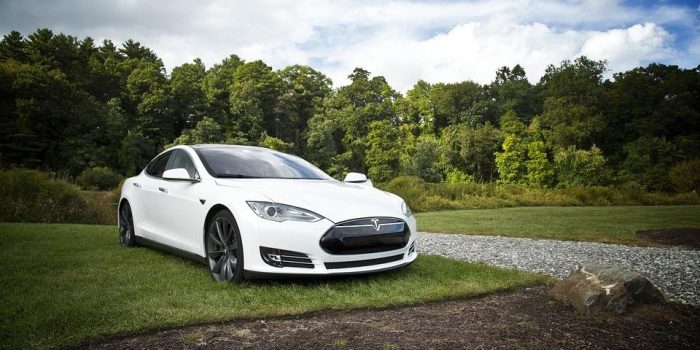Self-driving cars are often lauded as the future of automobiles, and many people claim that they will have a significant and positive impact on both road and vehicle safety. While it would seem that the only solution to eliminate human error is for human drivers to relinquish control of their vehicle completely, there are many reasons why this may not be the right solution. Besides the fact that we’re at least a decade away from self-driving cars, there are other more pressing matters that will surely surface even when self-driving cars become mainstream.
Inherent Risk of Failure
The technology and the processes that enable cars to drive themselves is undeniably impressive. However, we have to consider all the sensors and computers that make this possible. If one of these sensors fail, this can affect all other functions of the car, which will not only render the car unable to drive, but will also drastically increase the risks that the car might cause an accident.
Fully-autonomous cars function purely on the information they receive from the sensors, and they rely on their on-board computers to process this information in real time. All it takes is for one of these sensors to fail or for one miscalculation to cause an accident. This is not something that inspires enough confidence to relinquish full control of a vehicle.
Dependence On Perfect Conditions
Another reason why self-driving cars may not be as safe as most enthusiasts think is that current iterations of the technology rely heavily on perfect conditions for them to operate properly. This means that all it takes is inclement weather to impede functionality. This is evident in the fact that self-driving car developers test their cars only in perfect traffic and weather conditions.
While it can easily be argued that these technologies can be improved later on to function even in poor conditions, we have to consider the fact that human drivers drive just fine in bad weather anyway.
Driver Complacence
There are many instances of Tesla autopilot-related crashes, since drivers used it as an excuse to take their attention off the road, with some reports indicating that some drivers even climbed into the back seat while Autopilot was engaged. While self-driving cars are ultimately meant to replace human drivers, that doesn’t mean that we won’t be needing drivers in the future.
Human judgement and human intervention will still be necessary even when self-driving cars become a common sight on the road. There are far too many things that can impede the car’s ability to self-drive, and many instances that artificial intelligence cannot perceive or process. It’s during these times that drivers need to step in.
Hacking
Much like any device connected to a network, fully-autonomous cars are inherently vulnerable to cyberattacks. While the security suites on these cars will likely be the best that industries have to offer, it’s only a matter of time until a cyber criminal finds a vulnerability to exploit.
Legal Complications and LiabilityAnother reason that self-driving cars may be counterintuitive is that there aren’t any laws that currently govern the use of self-driving cars. Determining liability in an accident such as this is still a complicated area. New technologies will inadvertently create new laws, and you’ll still need capable car accident attorneys to help you navigate the complexities that arise.


